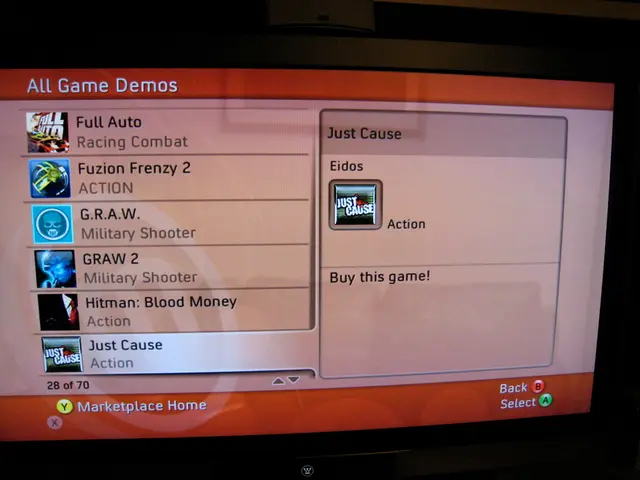SpaceX's Starlink satellite internet service might introduce shared dishes to reduce individual costs.
SpaceX is set to launch a new shared satellite internet plan called Starlink Community, which allows multiple users to access the service via a single Starlink dish. The plan, expected to be priced at around $60 per user per month, is an affordable alternative to the current Starlink Residential Lite and standard Residential plans.
Key features of the Starlink Community include:
- Multiple subscribers sharing one dish, each maintaining their own account and enjoying a seamless internet experience.
- The program is initially targeted outside the US and Canada, aiming to gain market share internationally with competitive pricing.
- SpaceX is working with authorized resellers and enterprise customers to expand deployment, with hosts managing the Community sites and earning commissions for onboarding users.
The exact launch timing for Starlink Community remains unconfirmed, but developments and reseller information from 2025 suggest it is imminent.
Sharing a communal Starlink dish will also bring down the monthly subscription fee for each user. SpaceX Community Hosts will be responsible for acquiring, installing, and maintaining Starlink kits.
The Starlink Community plan was first spotted in Canada by Jianping Pan, a computer science professor at the University of Victoria. SpaceX has not officially commented on the program.
Recent Starlink satellite launches indicate continued robust deployment, with multiple Falcon 9 launches this year consolidating the constellation to support expanded services like Community. This dense network is critical to enabling reliable shared service plans.
The primary goal of Starlink Community is to drive growth by offering lower-cost internet access. In a Starlink Community setup, each user connects via their own Wi-Fi router to the shared dish. Each user will have their own Starlink account and a seamless internet experience.
While no launch date for Starlink Community has been announced yet, the details about the offering were quietly published on a support page for authorized resellers. The program is expected to launch in the U.S. and Canada, but is geared more toward international markets. SpaceX Community Hosts can also earn commissions for each subscriber they bring on. It is important to note that the hosting responsibility lies with the Community Host, not SpaceX.
In summary, the Starlink Community plan, with its $60 per month pricing per user, promises to offer an affordable and attractive shared satellite internet service. While the exact launch timing remains unconfirmed, it is expected soon based on 2025 developments and reseller information.
- The Starlink Community plan, initially aimed at international markets, is a shared satellite internet service that utilizes science and technology through SpaceX's Starlink program, allowing multiple users to access the internet via a single communal dish.
- With the Starlink Community plan, each user connects individually through their own Wi-Fi router to the shared dish, managing their own account while enjoying a seamless internet experience, thanks to the collaboration between SpaceX, authorized resellers, and enterprise customers in the realm of space-and-astronomy and technology.




